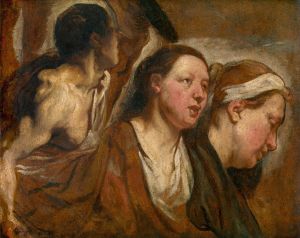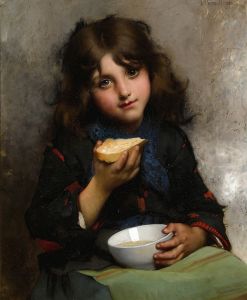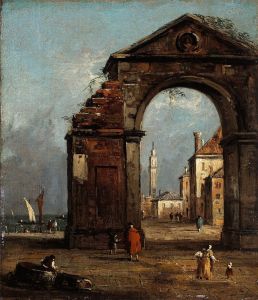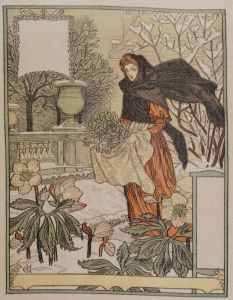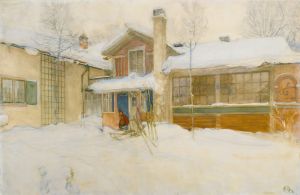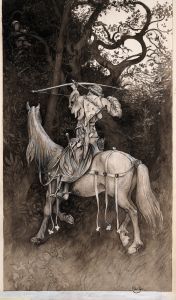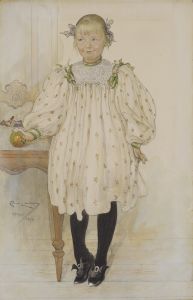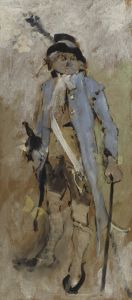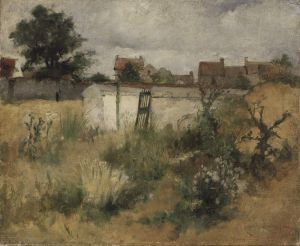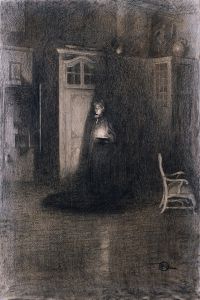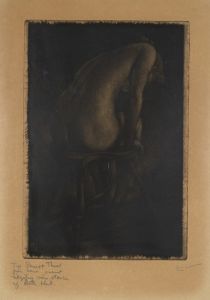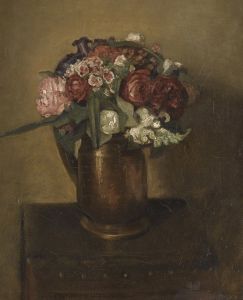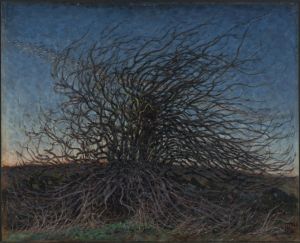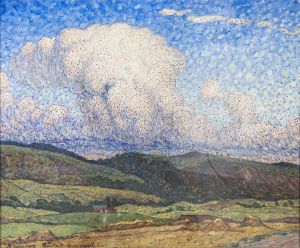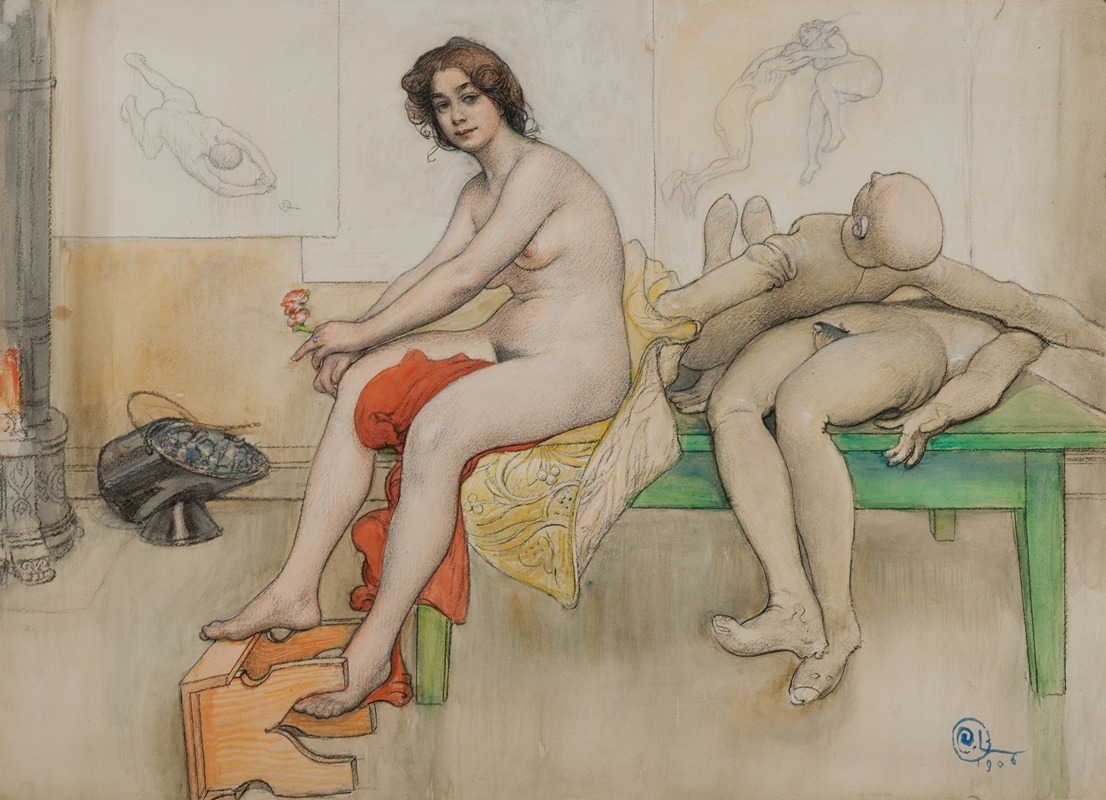
The Model and the Mannequins
A hand-painted replica of Carl Larsson’s masterpiece The Model and the Mannequins, meticulously crafted by professional artists to capture the true essence of the original. Each piece is created with museum-quality canvas and rare mineral pigments, carefully painted by experienced artists with delicate brushstrokes and rich, layered colors to perfectly recreate the texture of the original artwork. Unlike machine-printed reproductions, this hand-painted version brings the painting to life, infused with the artist’s emotions and skill in every stroke. Whether for personal collection or home decoration, it instantly elevates the artistic atmosphere of any space.
"The Model and the Mannequins" is a painting by the renowned Swedish artist Carl Larsson. Larsson, born on May 28, 1853, in Stockholm, Sweden, is celebrated for his contributions to the Arts and Crafts Movement and his detailed, colorful depictions of domestic life in Sweden. His works often reflect his personal life, family, and the idyllic surroundings of his home in Sundborn.
"The Model and the Mannequins" is one of Larsson's lesser-known works, and it showcases his skill in capturing the nuances of human figures and the interplay of light and shadow. The painting features a model posing in a studio setting, surrounded by mannequins. This composition allows Larsson to explore themes of artifice and reality, as the lifelike model contrasts with the inanimate mannequins.
Larsson's technique in this painting is consistent with his broader oeuvre, characterized by precise lines, vibrant colors, and a keen attention to detail. His background in illustration is evident in the meticulous rendering of textures and fabrics, as well as the careful composition of the scene. The use of light in "The Model and the Mannequins" is particularly noteworthy, as it highlights the model's form and creates a sense of depth and dimension.
Carl Larsson's artistic journey began at a young age. He attended the Royal Swedish Academy of Arts, where he initially struggled but eventually found his footing. His early career was marked by financial difficulties and a lack of recognition, but his fortunes changed when he moved to Paris in the 1870s. There, he became associated with the Scandinavian artists' colony in Grez-sur-Loing, where he met his future wife, Karin Bergöö, who would become a significant influence on his work.
Larsson's time in Grez-sur-Loing was transformative. He shifted from the dark, somber tones of his early works to the bright, cheerful palette that would define his later style. This change is evident in "The Model and the Mannequins," where the use of light and color creates a lively, engaging composition.
In addition to his paintings, Carl Larsson is also known for his series of watercolors depicting his home and family life, published in books such as "A Home" (Ett Hem) and "Our Home" (Larssons). These works have cemented his reputation as one of Sweden's most beloved artists, offering an intimate glimpse into his personal world and the beauty of everyday life.
"The Model and the Mannequins" may not be as widely recognized as some of Larsson's other works, but it remains an important piece within his body of work. It exemplifies his ability to blend realism with a touch of whimsy, capturing the essence of his subjects with both technical skill and emotional depth.
Carl Larsson passed away on January 22, 1919, but his legacy endures through his art, which continues to be celebrated for its charm, warmth, and meticulous craftsmanship. "The Model and the Mannequins" stands as a testament to his talent and his unique vision, offering viewers a glimpse into the world of an artist who found beauty in the everyday and the extraordinary alike.





